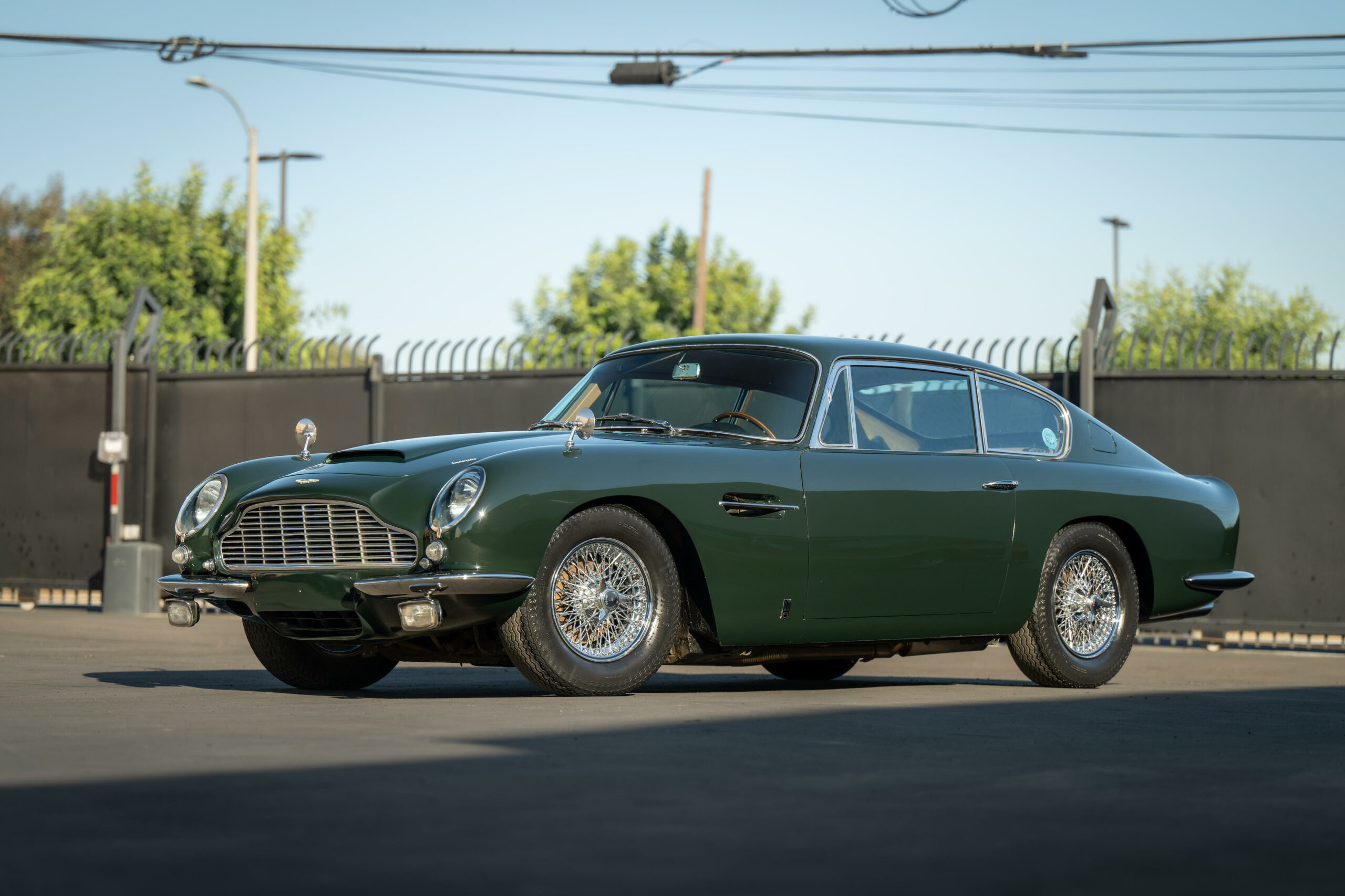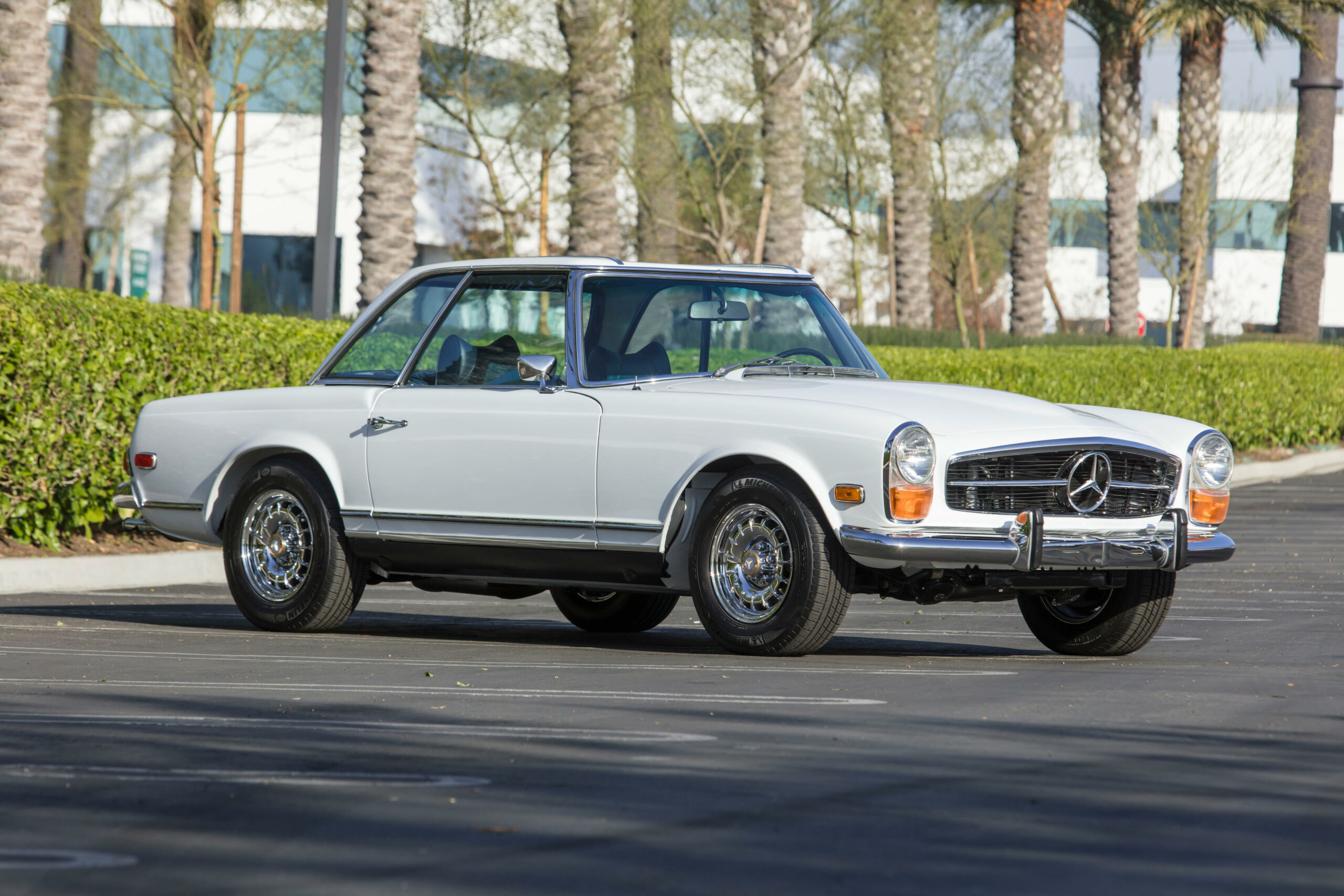Categories
- 1910s
- 1920s
- 1930s
- 1940s
- 1950s
- 1960s
- 1970s
- 1980s
- 1990s
- 2000s
- AMC
- Aston Martin
- Autobianchi
- Bentley
- BMW
- Bristol
- Buick
- Cadillac
- Chevy
- Chrysler
- Citroen
- Classic Cars
- Classic Hot Rods
- Classic Muscle Cars
- Classic Sports Cars
- Cunningham
- Davis
- Duesenberg
- Edsel
- Facel Vega
- Ferrari
- Fiat
- Ford
- Ghia
- Hillman
- Hudson
- Jaguar
- Kaiser
- Lamborghini
- Luxury Car
- Maserati
- Mercedes-Benz
- Moretti
- Packard
- Panhard
- Plymouth
- Porsche
- Reliant
- Rolls-Royce
- Studebaker
- Toyota
- Uncategorized
- Vespa
- Volvo
- Wolseley
The history of Mercedes-Benz is a journey through the evolution of the automobile industry, marked by innovation, luxury, and a commitment to engineering excellence. Founded in 1926, Mercedes-Benz is one of the world’s most prestigious and recognized automotive brands.
The roots of Mercedes-Benz can be traced back to the late 19th century when Karl Benz and Gottlieb Daimler independently developed the first gasoline-powered vehicles. Benz’s Benz Patent-Motorwagen in 1886 is often considered the first true automobile, while Daimler’s contributions include the invention of the high-speed petrol engine.
In 1926, the two companies, Benz & Cie. and Daimler-Motoren-Gesellschaft (DMG), merged to form Daimler-Benz AG, giving birth to the Mercedes-Benz brand. The name “Mercedes” was derived from a popular automobile model produced by DMG, while “Benz” honored Karl Benz’s pioneering work.
One of the most significant moments in Mercedes-Benz’s early history was the introduction of the Mercedes-Benz 770K, also known as the “Grosser Mercedes,” in the 1930s. This luxury car was favored by dignitaries and heads of state, including Adolf Hitler and the Pope, and solidified Mercedes-Benz’s reputation for producing prestigious automobiles.
The 1950s and 1960s saw the emergence of iconic Mercedes-Benz models like the Mercedes-Benz 300SL Gullwing, known for its distinctive upward-opening doors, and the Mercedes-Benz 220 “Fintail,” which featured a unique rear fin design.
Mercedes-Benz continued to innovate in the 1970s with the introduction of the Mercedes-Benz S-Class, a line of luxury sedans known for their advanced technology, safety features, and comfort. The S-Class became a benchmark for the luxury sedan segment.
In the 1980s, Mercedes-Benz introduced the 190E, which marked the brand’s entry into the compact executive car market. The 1980s also saw the debut of the Mercedes-Benz G-Class, a rugged SUV that has become an iconic off-road vehicle.
Mercedes-Benz’s performance division, Mercedes-AMG, was officially integrated into the company in the 1990s. This led to the development of high-performance models like the Mercedes-Benz C43 AMG and the Mercedes-Benz E55 AMG.
The 21st century has seen Mercedes-Benz embrace innovation with the introduction of the Mercedes-Benz A-Class, known for its compact design and advanced technology features. The brand has also ventured into the electric vehicle market with models like the Mercedes-Benz EQC.
Mercedes-Benz continues to expand its product range to include SUVs, sports cars, electric vehicles, and luxury sedans, catering to a diverse range of customers worldwide. The brand’s three-pointed star logo reflects its commitment to producing vehicles that aim for “The Best or Nothing,” a slogan that underscores Mercedes-Benz’s dedication to quality, innovation, and prestige in the automotive world.





